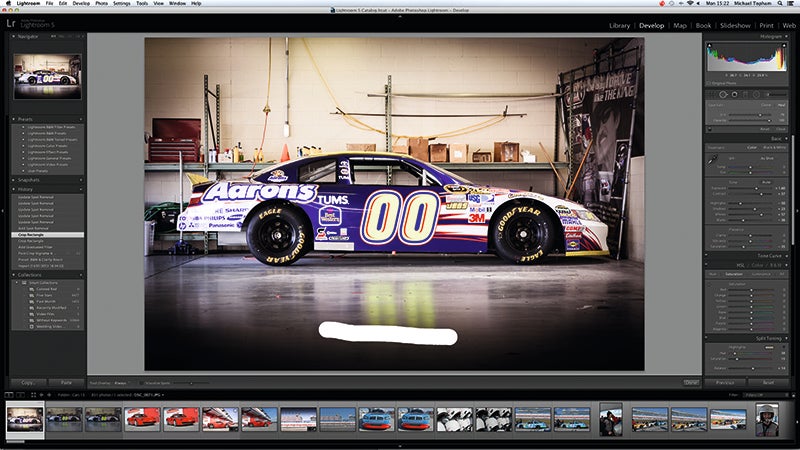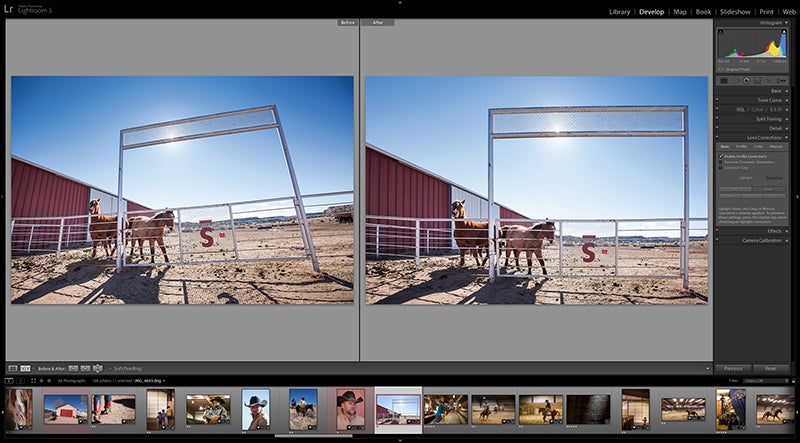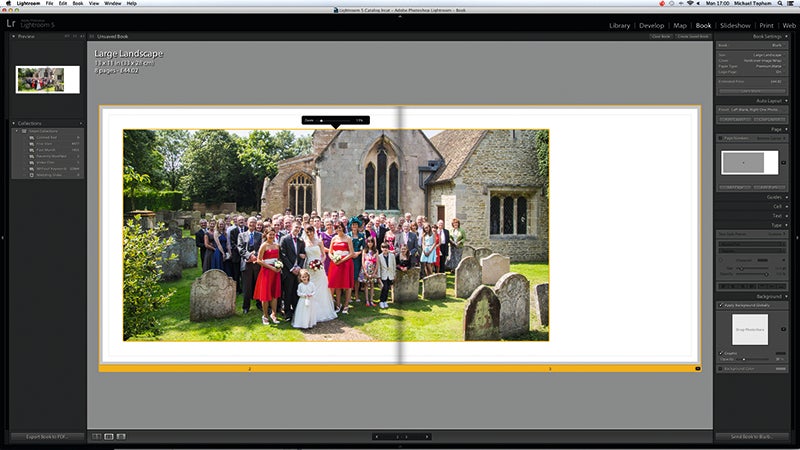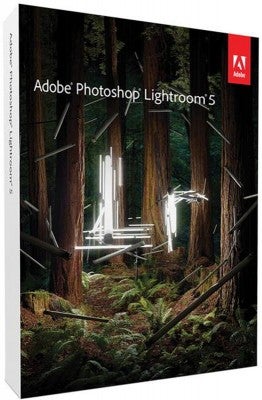Adobe Lightroom 5 Review - Is a standalone version of Adobe Lightroom 5 a better alternative to renting Photoshop through Creative Cloud?
Adobe Lightroom 5 Review
It’s best summed up as a streamlined version of Photoshop with tools focused towards processing images rather than heavy manipulation.
This asks the question though: does it make a better one-off buy for the majority of users compared to Photoshop, which is now only available to rent on a month-by-month basis through Adobe’s Creative Cloud?
![]()
New Features
We were impressed by the features offered in Lightroom 4 and Adobe has managed to go one better by introducing some intuitive features that are bound to receive a warm reception. The workspace is split into the same seven modules as before and although no major changes have been carried out in the Library module (the area where images are rated, organised and exported) many of the new features have been introduced to the Develop module, where global and localised adjustments are carried out in a non-destructive way.

The most significant development is the introduction of Smart Previews – a new function tailored for photographers who’d like to edit shots on the move without overfilling the storage capacity on a portable device, such as a laptop.
The way it works is that smaller Smart Preview image files are generated as they’re imported. When you become disconnected from your main hard drive where original files are stored, you’re given the freedom to edit any Smart Previews in the same way you normally would, and it’s these changes that can then be applied back to the full-size originals after reconnecting the portable device to the hard drive. This simple but effective process will play a huge part in speeding up a busy photographer’s workflow and storage demands.
Another new feature is the Advanced healing brush – a tool intended to offer more control and flexibility when cloning. Unlike circular healing tools, it’s now much easier to remove irregular imperfections in an image by simply brushing over the unwanted object. Adobe’s Content-Aware technology studies the best pixels to use for replacement, or there’s the option to sample the pixels if you’d prefer.

The Advanced Healing Brush lets you paint over large distractions to remove them easily. There’s the choice of using the pixels that the software thinks are best for replacement or you have the choice of selecting the area of pixels you want it to use.
There’s also a new Upright tool to correct images taken askew. Although this could be done using the crop tool, the Upright tool is intended to speed up the process and straighten images with a single click after analysing the horizontal and vertical lines within an image.

The new Radial Gradient tool is also well received and improves on the Post-Crop Vignetting function. Unlike Lightroom 4, you can now create off-centre vignettes around a subject to draw your viewers’ eyes to the heart of the image, with the option to also create multiple vignettes within a single image if this should be desired.
Moving into the Book module (the dedicated area that’s used to create Photobooks through the company Blurb), there’s now the option to modify templates rather than relying on set layouts. In the Slideshow module, HD video can also now be merged with images and music, with options to trim video clips and extract still images from video footage just like Lightroom 4.

The Book module has been modified and now allows you to adjust templates by changing the size of images that appear on the page. There’s still no option to create your own templates from scratch – a feature we’d like to see in a future release.





